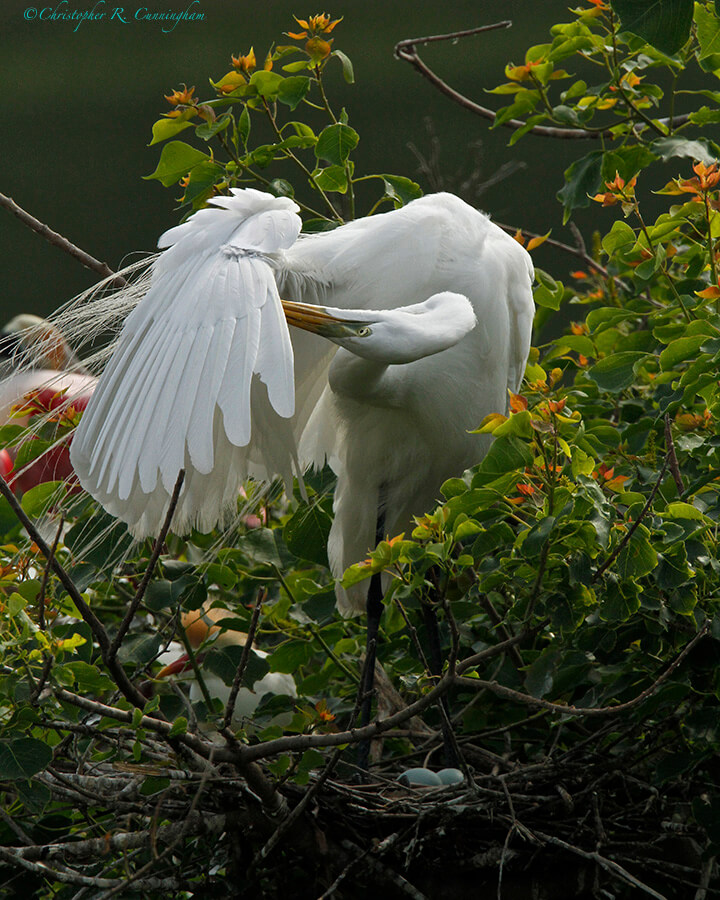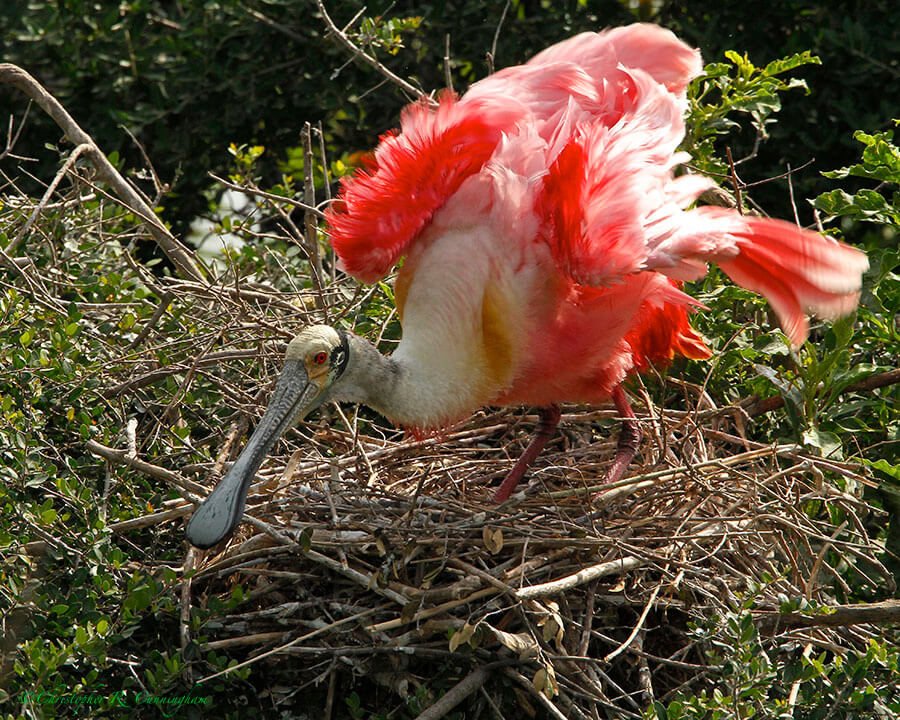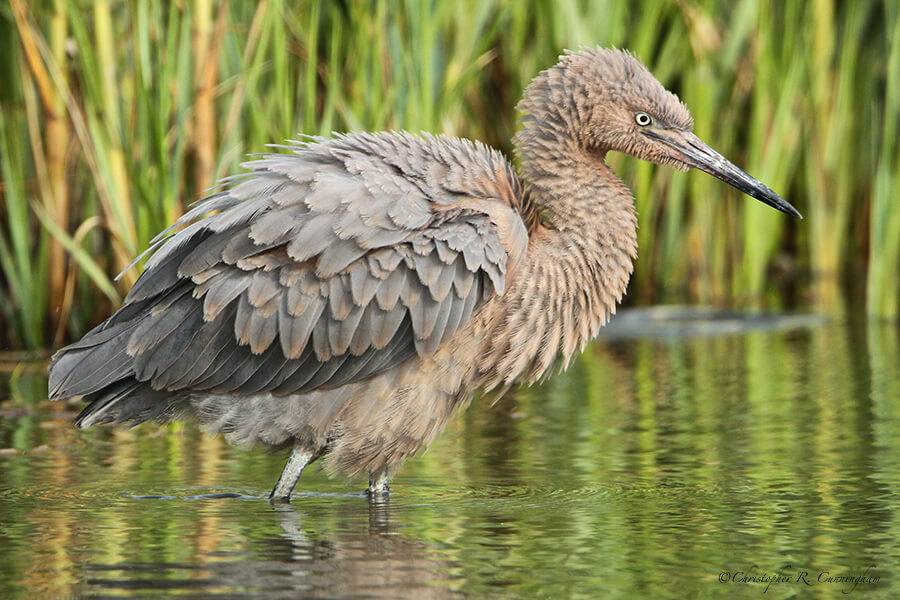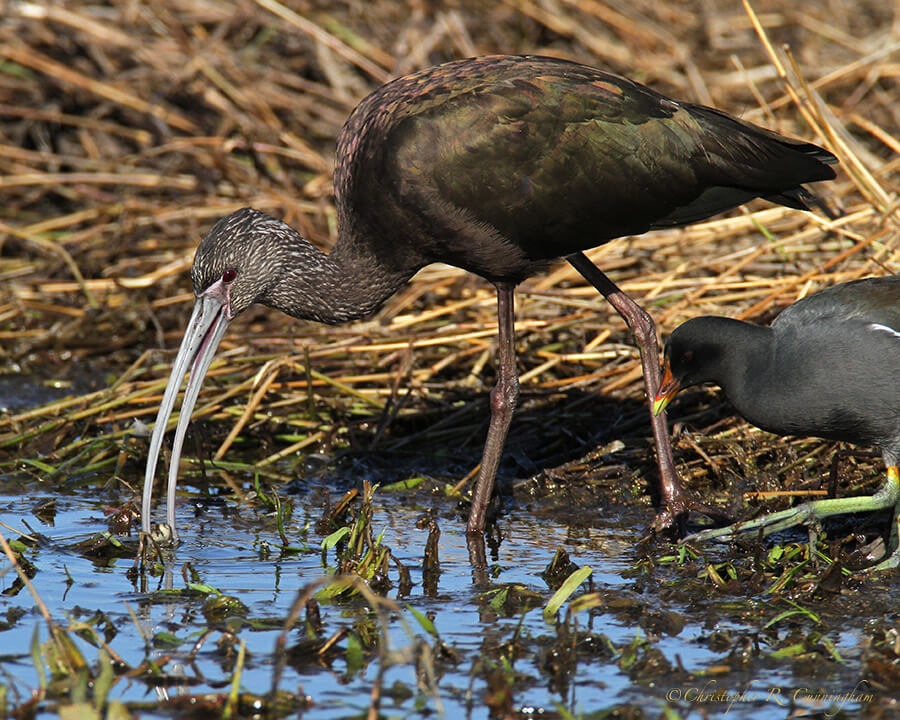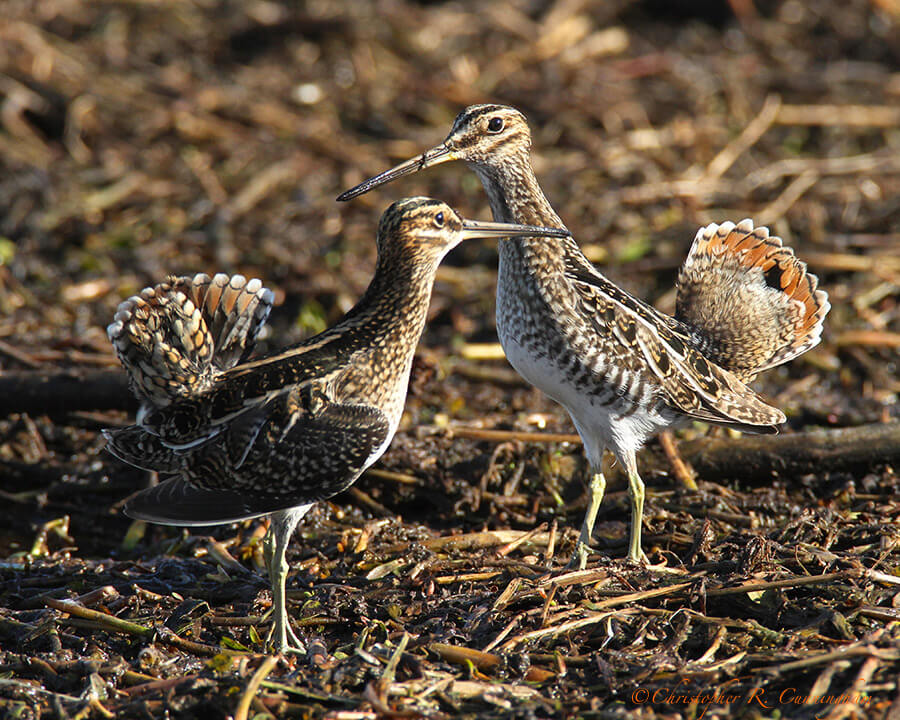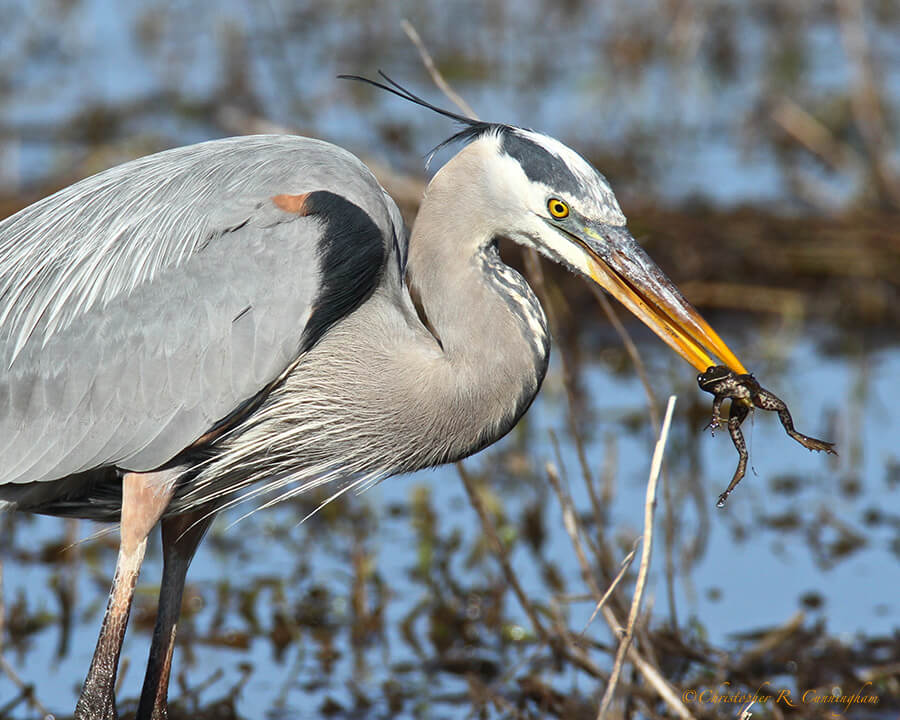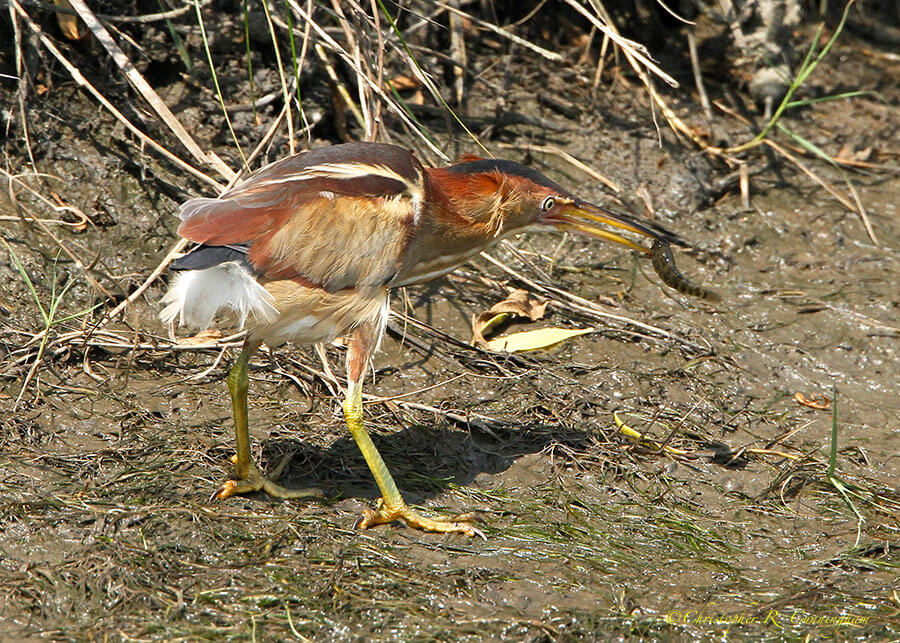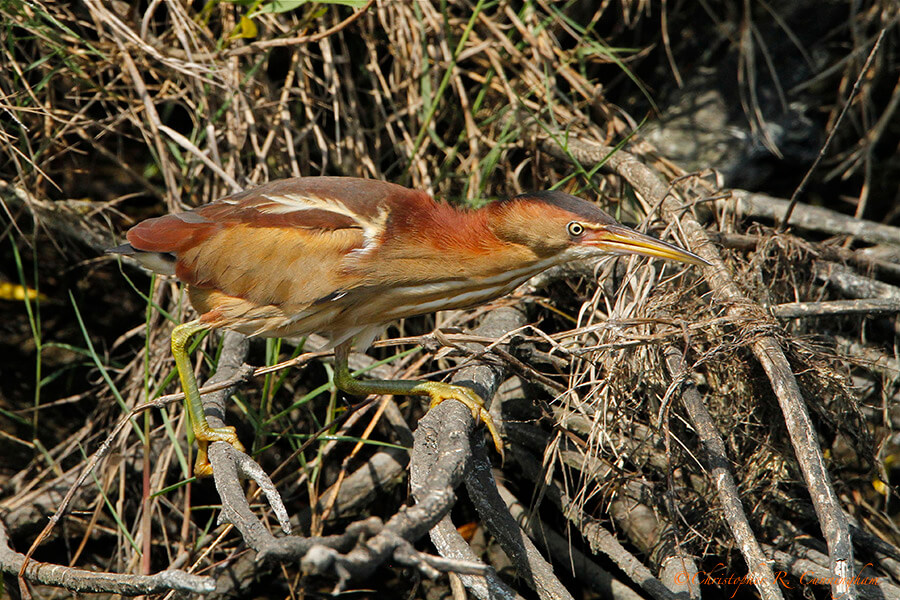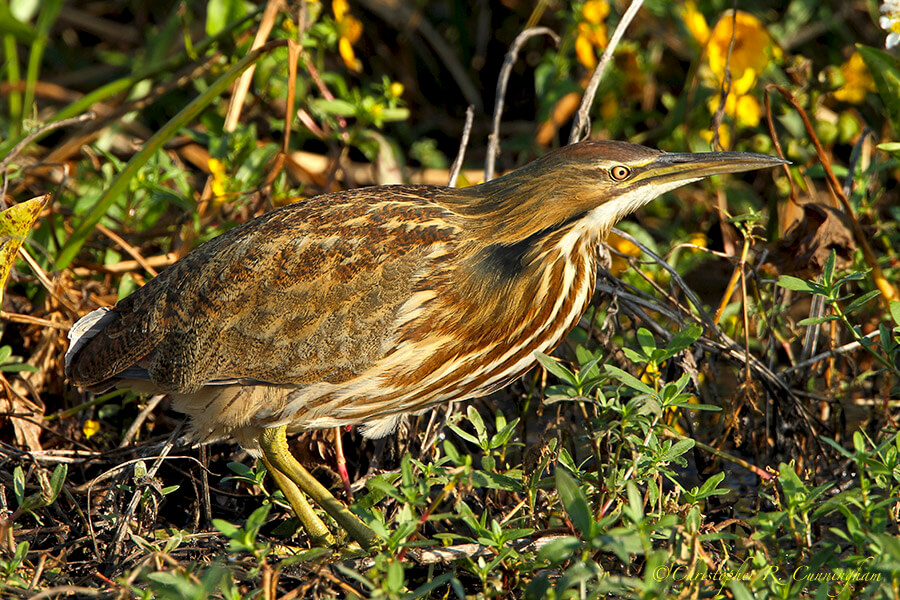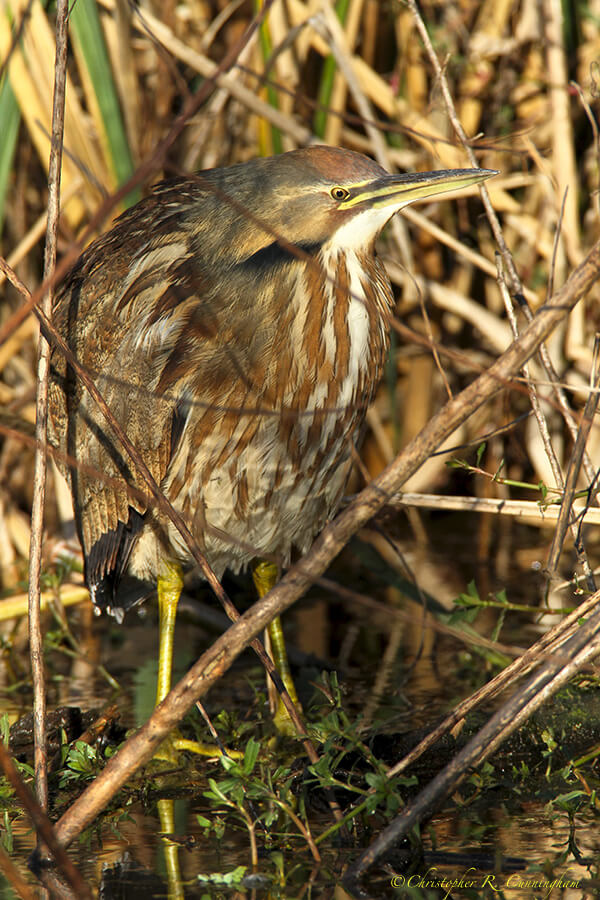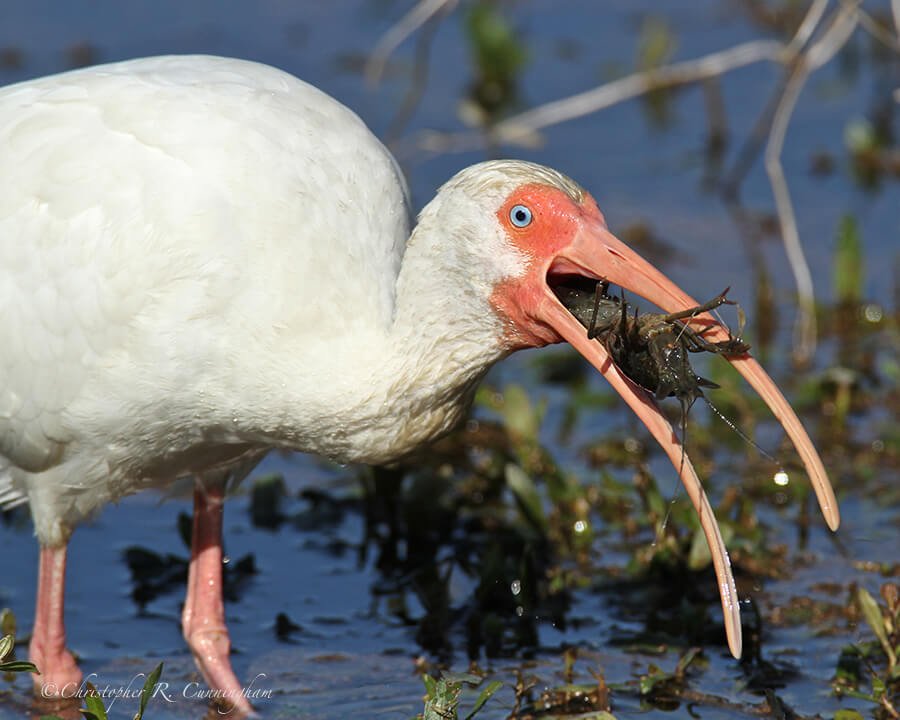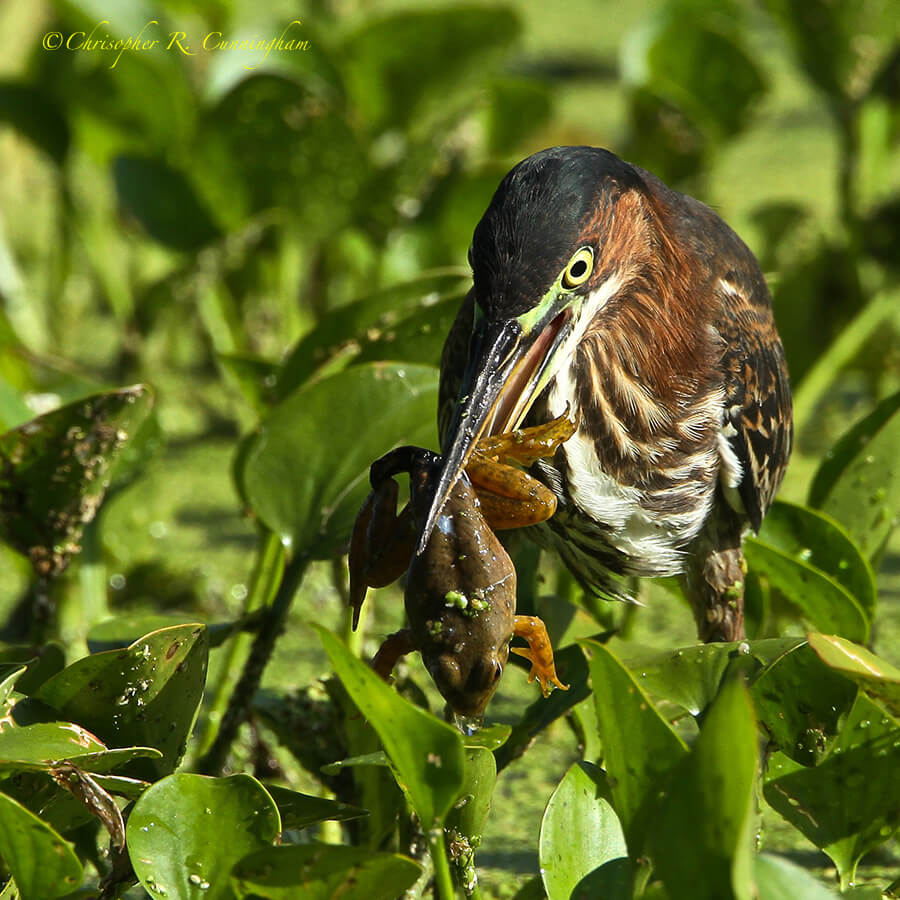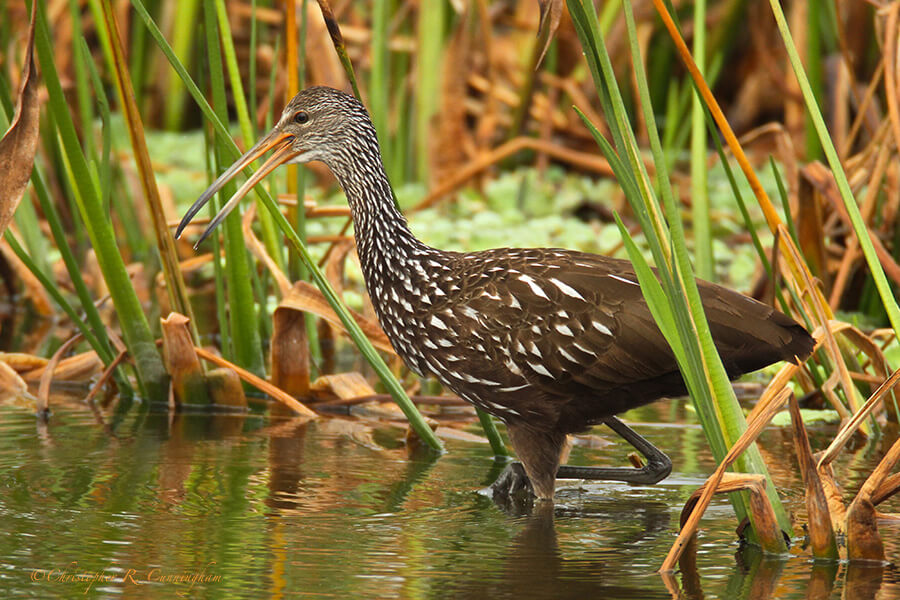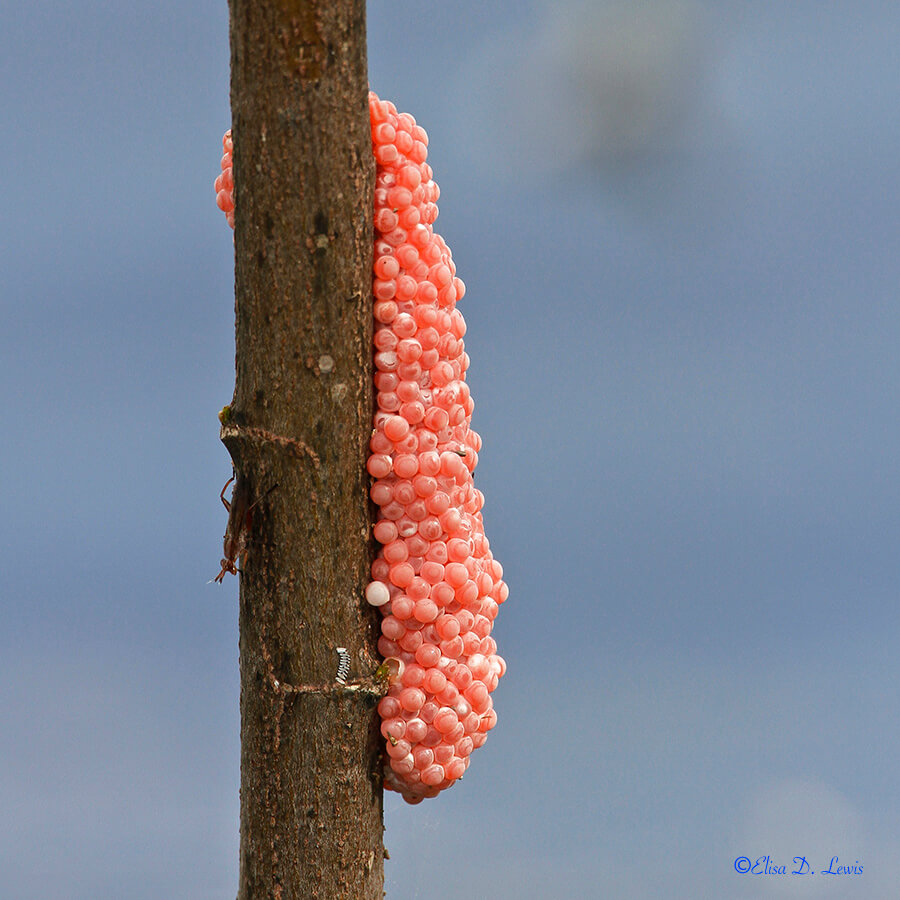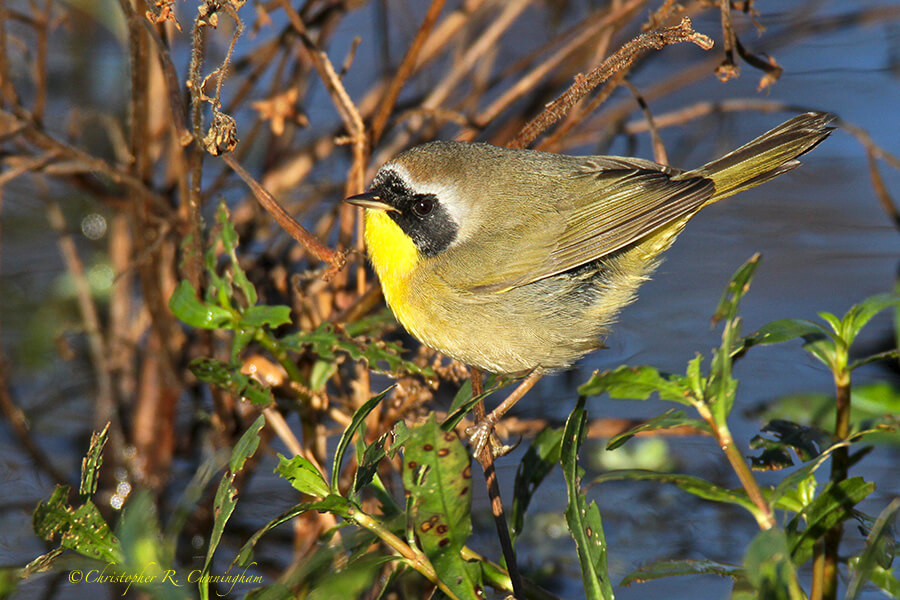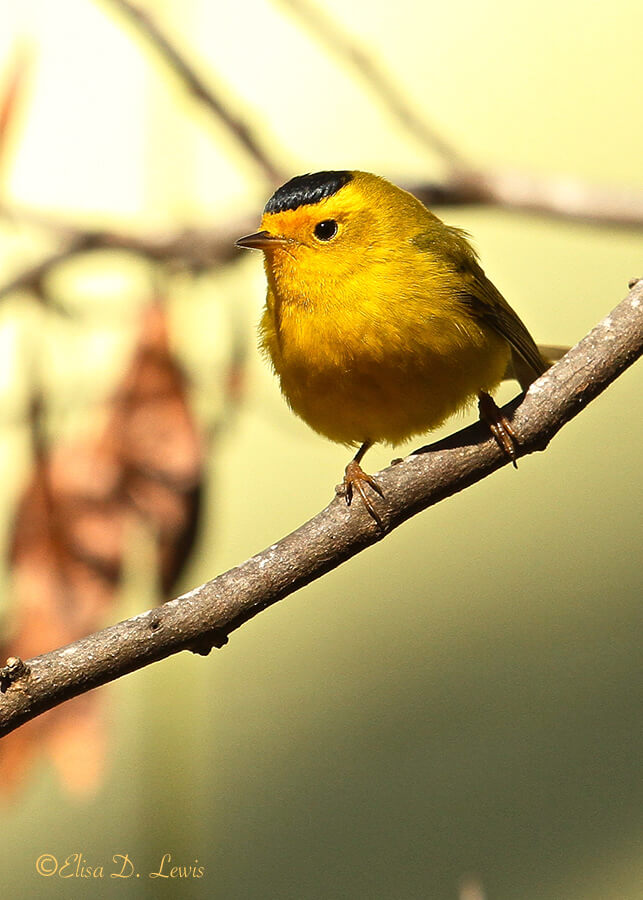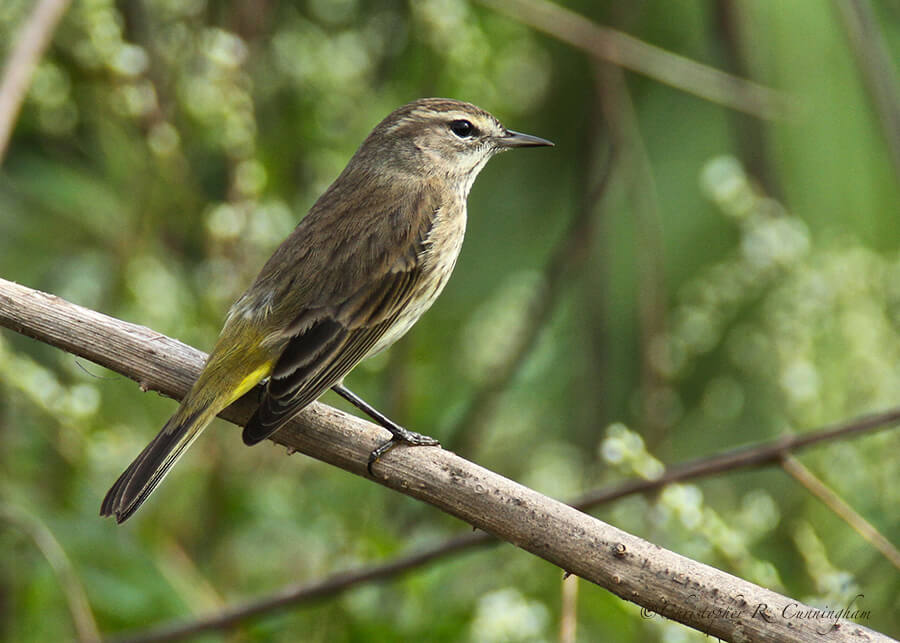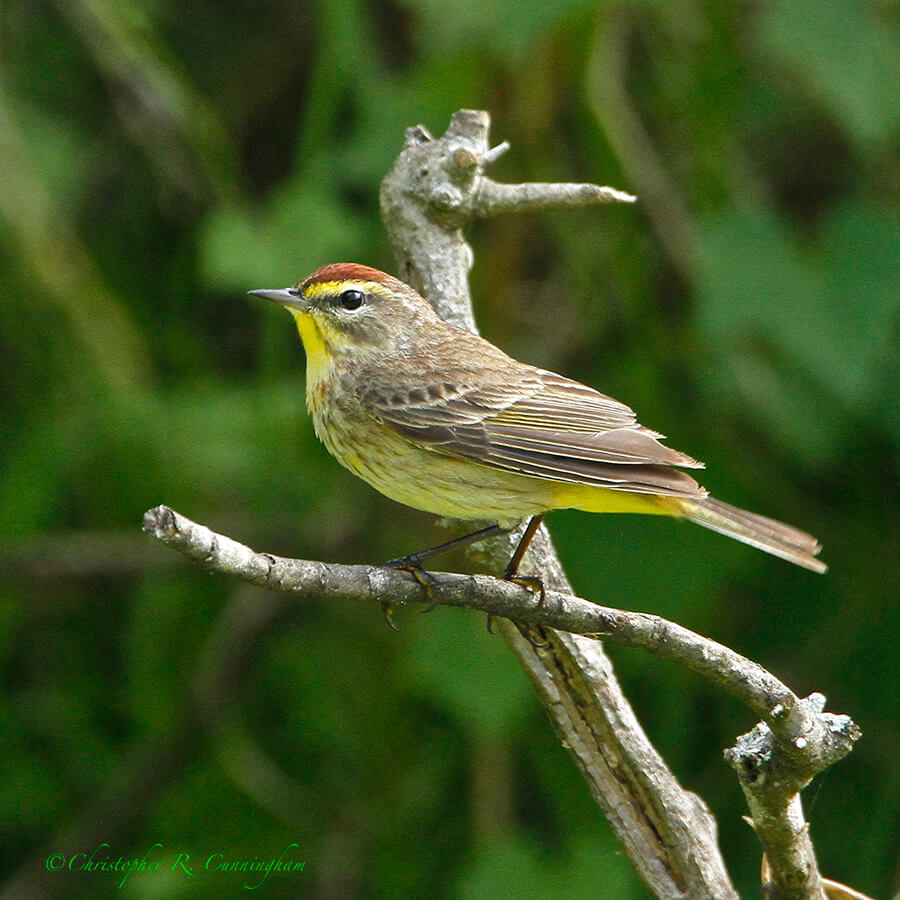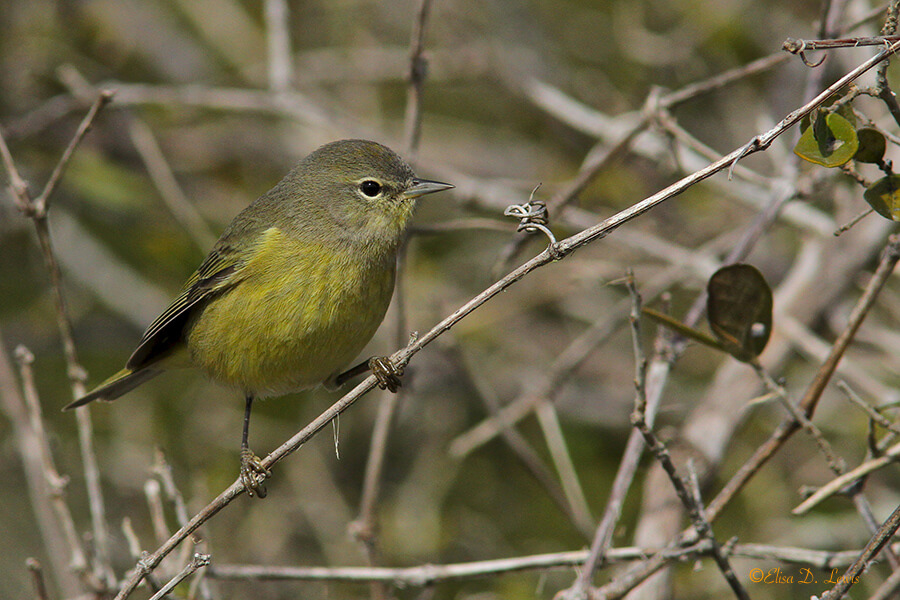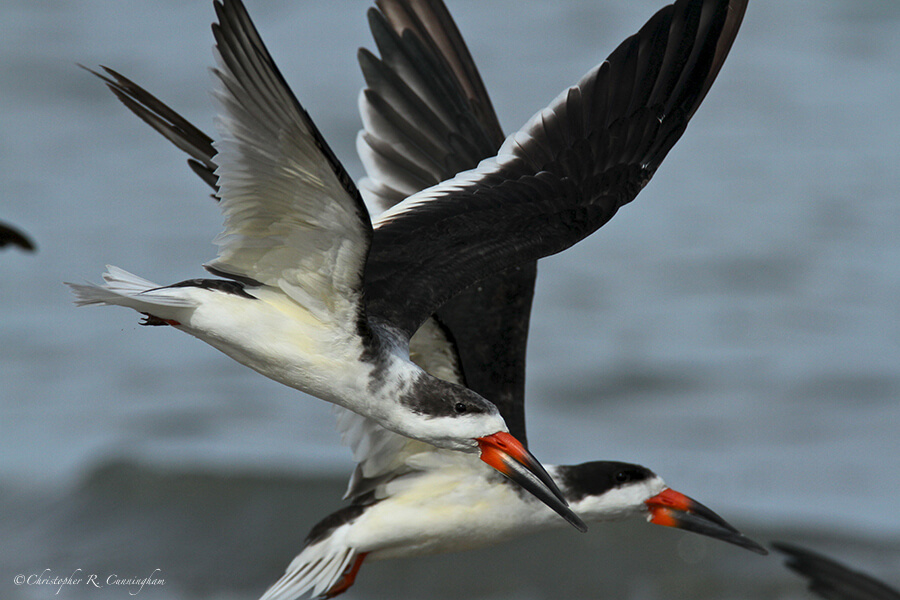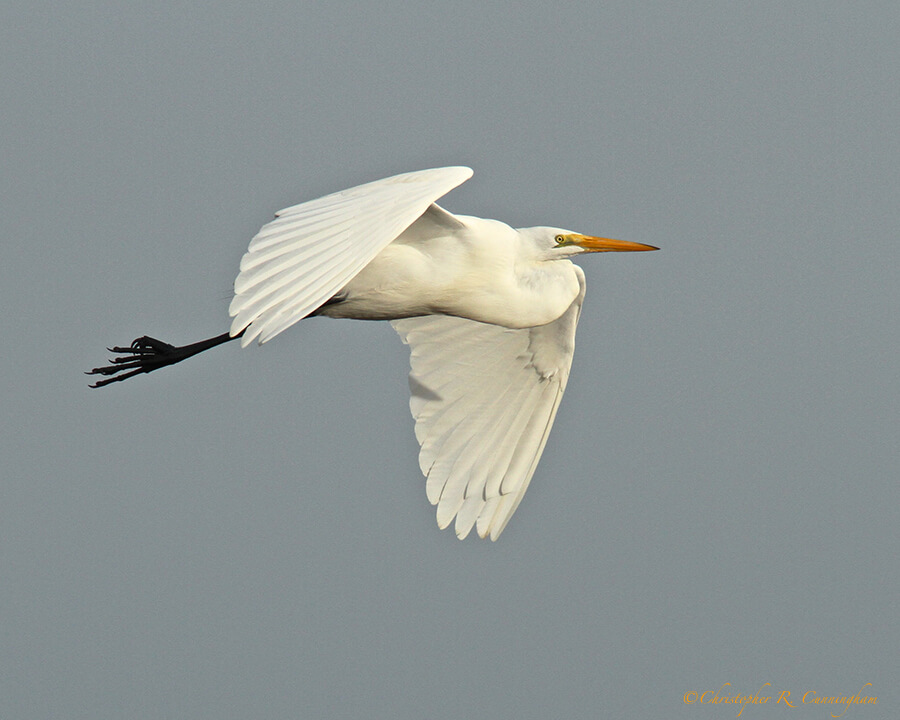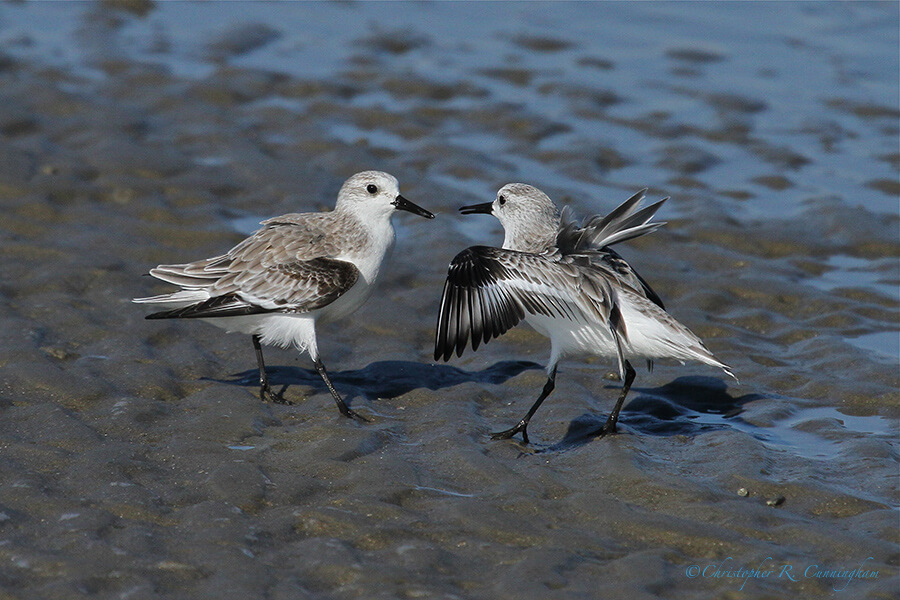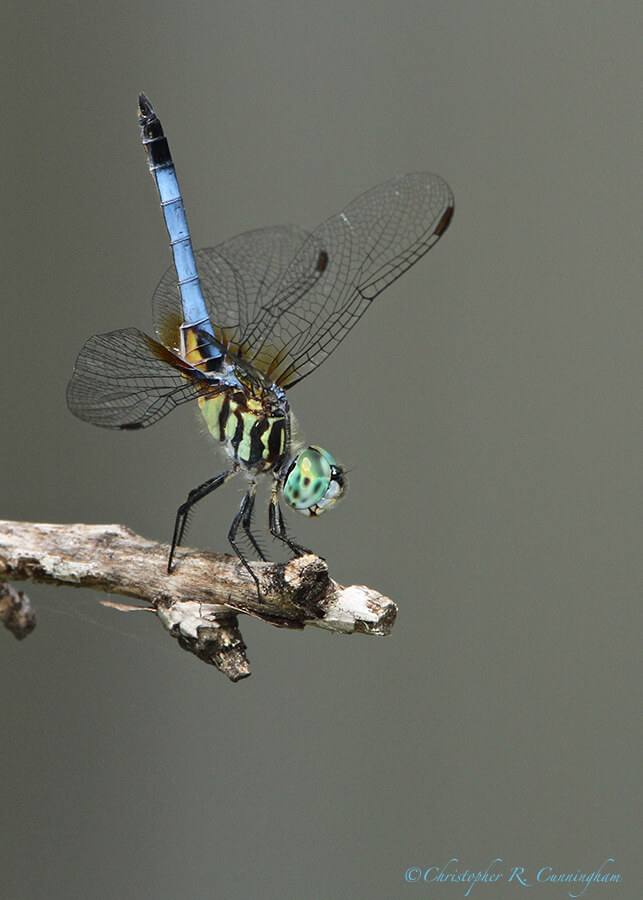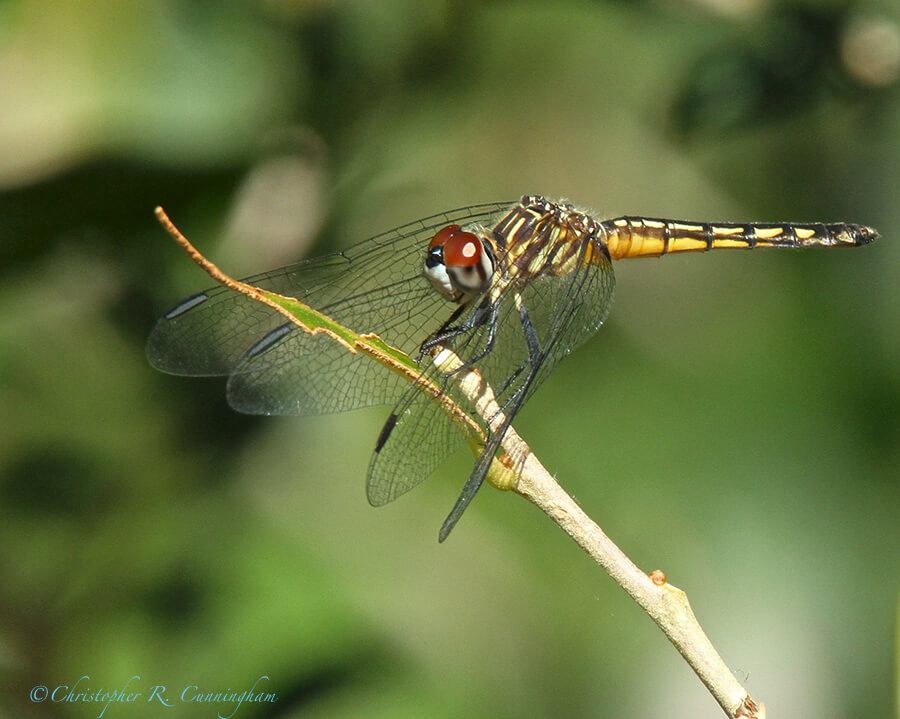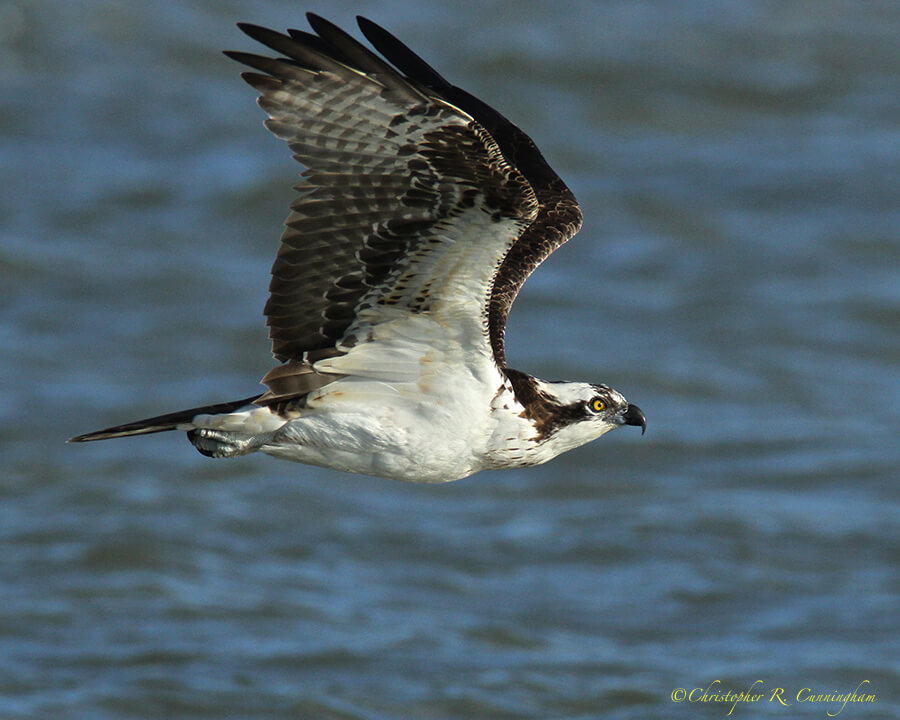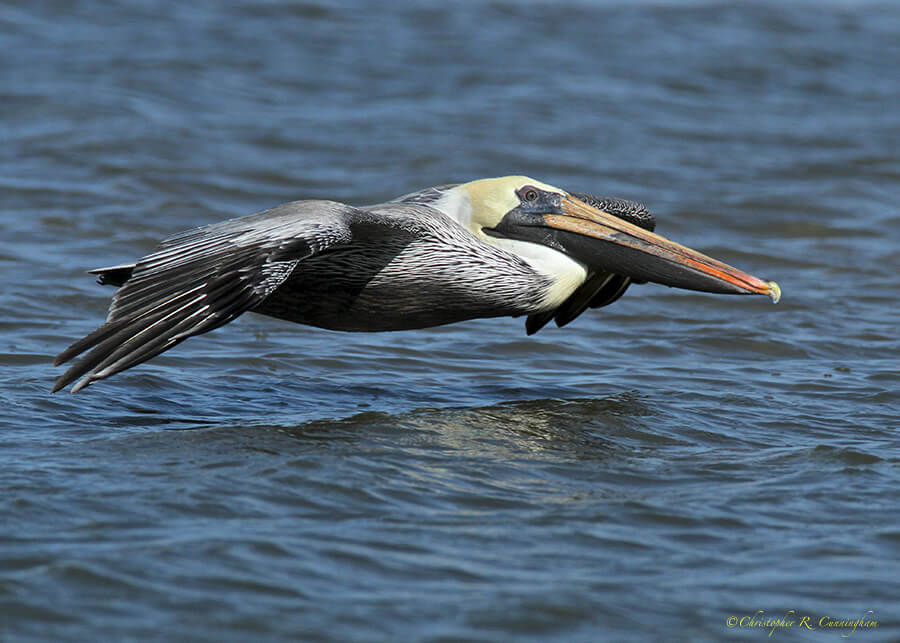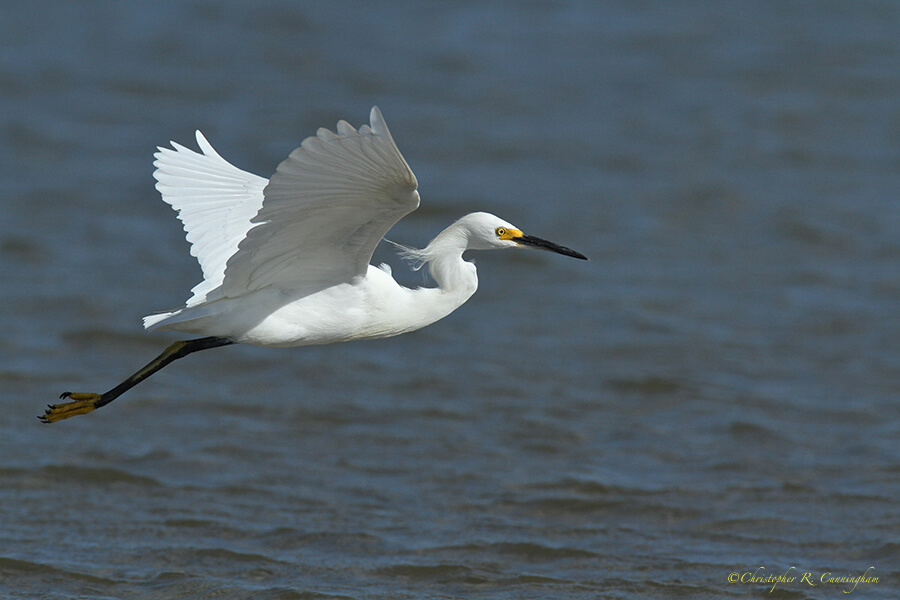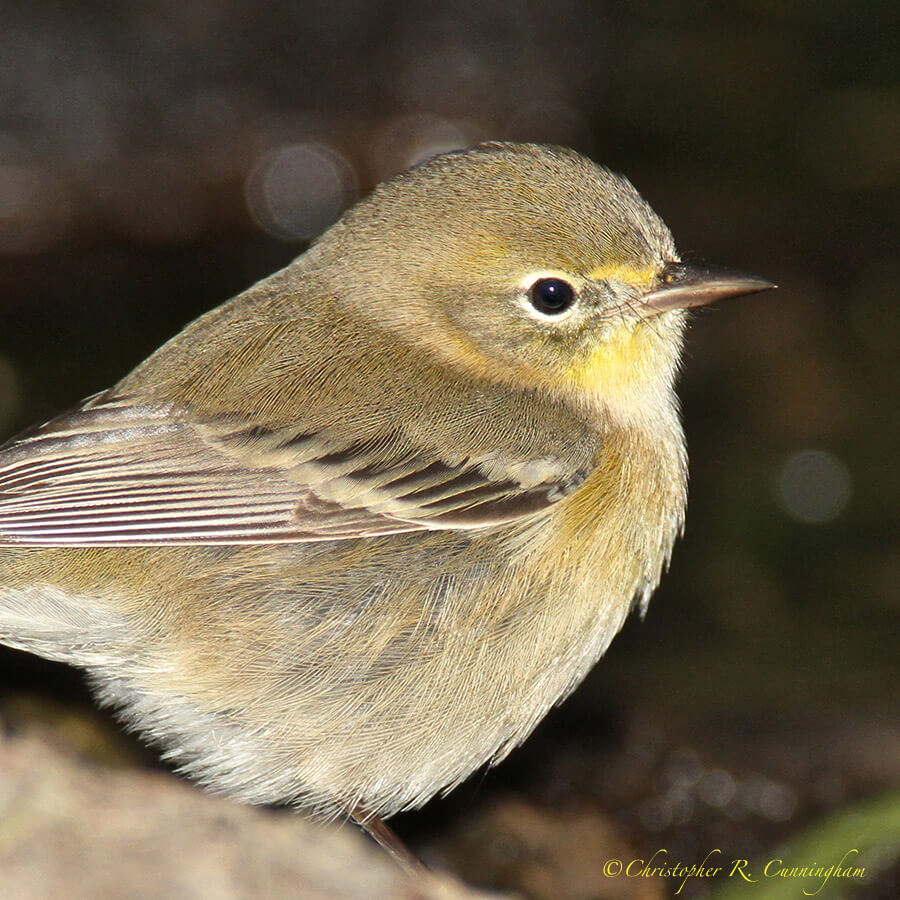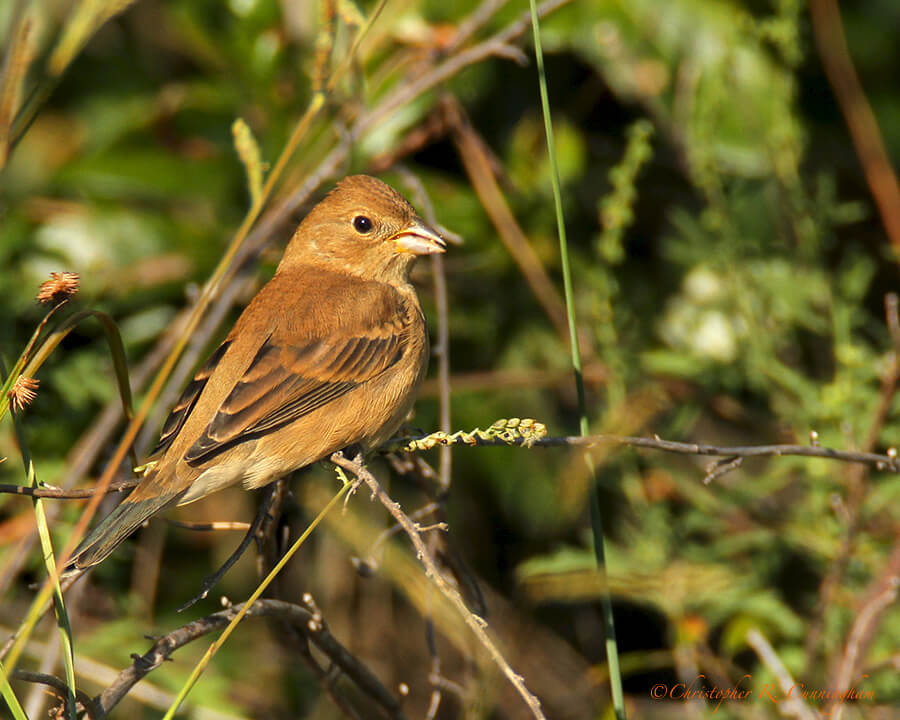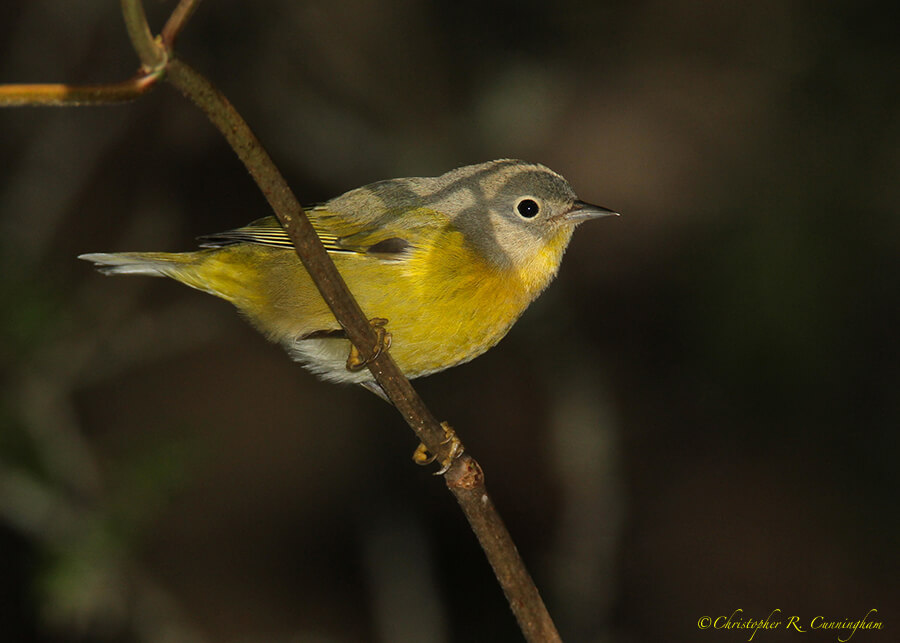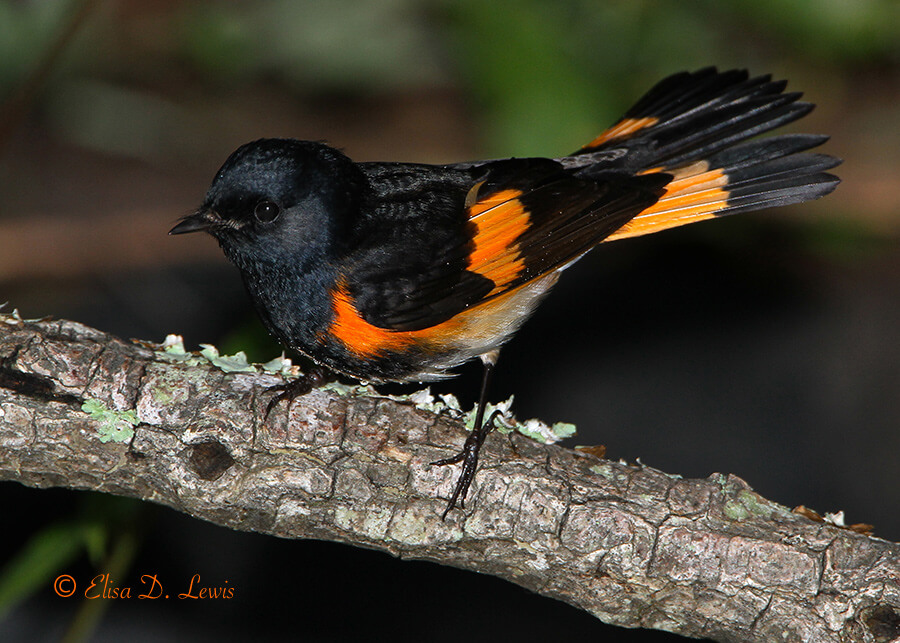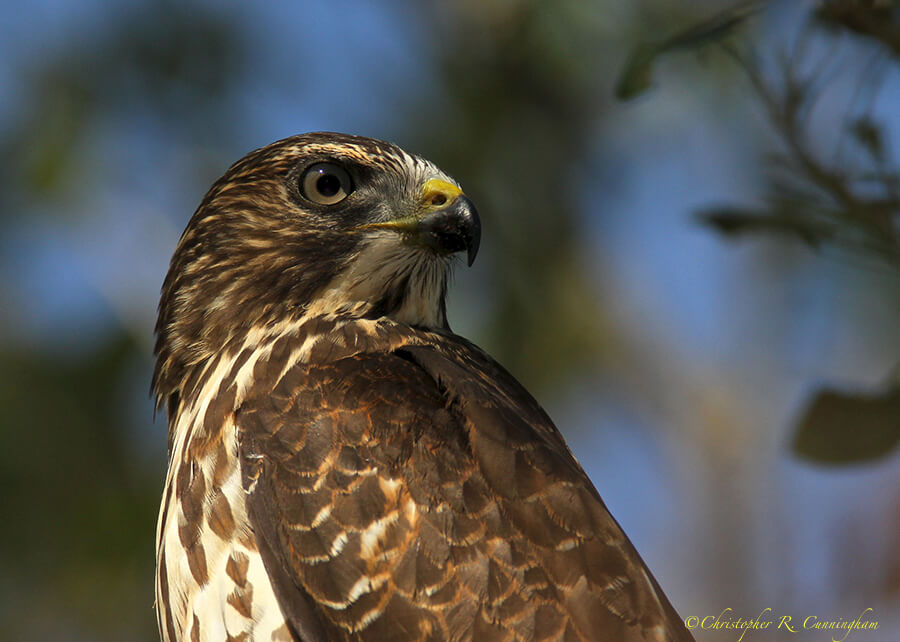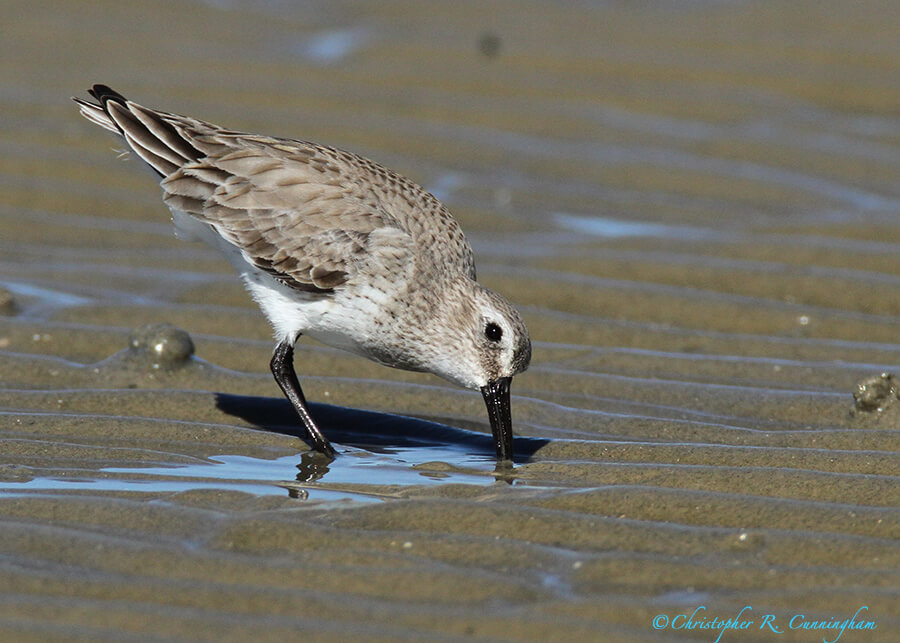
East Beach, Galveston Island, Texas at low tide is a magical place: a place equally suited for a biology or geology field trip. Gorgeous bedforms of a dozen kinds—those structures formed by the action of water on sediments like ripple marks and dunes—bring back memories of sedimentology classes many moons ago. Running around on theses surfaces (or occasionally trying to pry a recalcitrant worm from the sand and mud) are the sandpipers.
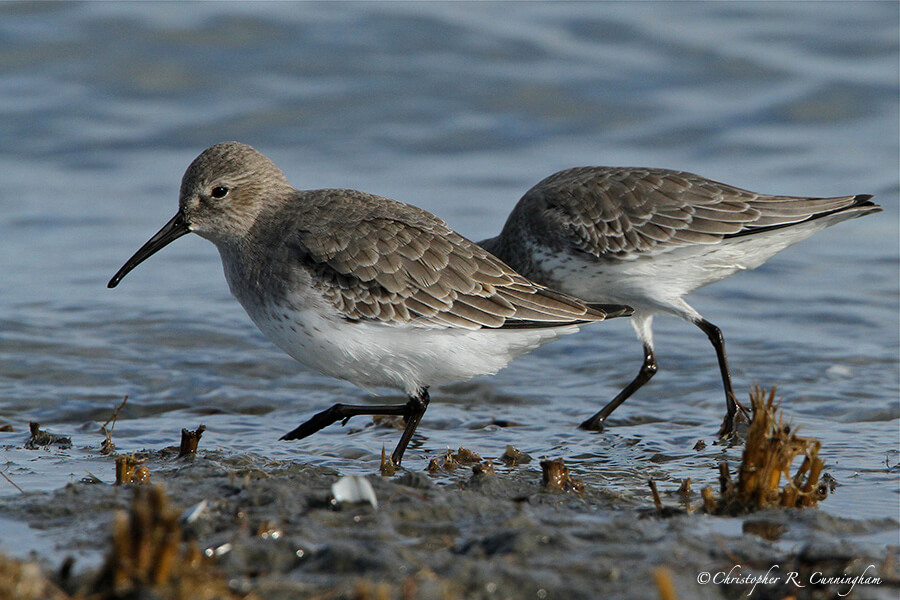
In their winter colors, the smallest ones, Sanderlings, Dunlins, Least Sandpipers, and Western Sandpipers sometimes test the birder’s ability to distinguish one species from another. In this endeavor, behavior is often just as good a guide to identification as are the details of appearance.
Sanderlings are perhaps the most charming and easiest to identify of the sandpiper clan as they chase the waves as they drain back out to sea, plucking stranded invertebrates and detritus as they go. Dunlins typically poke about at the strand line, and Western Sandpipers often explore the puddles of the intertidal zone. Least Sandpipers tend to probe for food along the margins of vegetation.
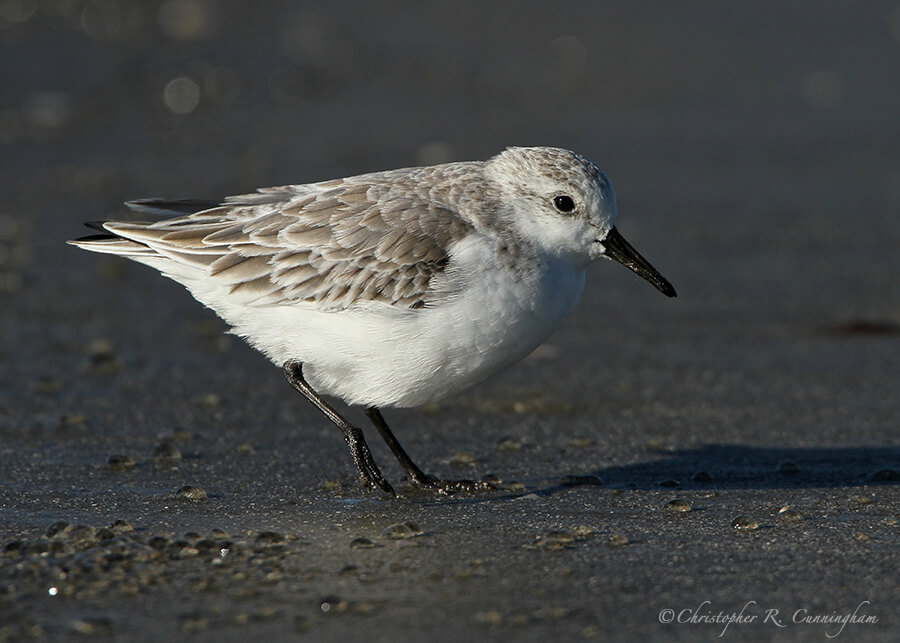
Although I tend to notice sandpipers most often in intertidal habitats, all of these birds can also be found in freshwater and terrestrial environments such as the margins of lakes, flooded fields, and freshwater marshes. All birds mentioned in this post are still common, but Dunlin and Sanderlings are declining in numbers, mainly due to human use (and misuse) of beaches and other coastal habitats . . . yet another tragic tale of our time.
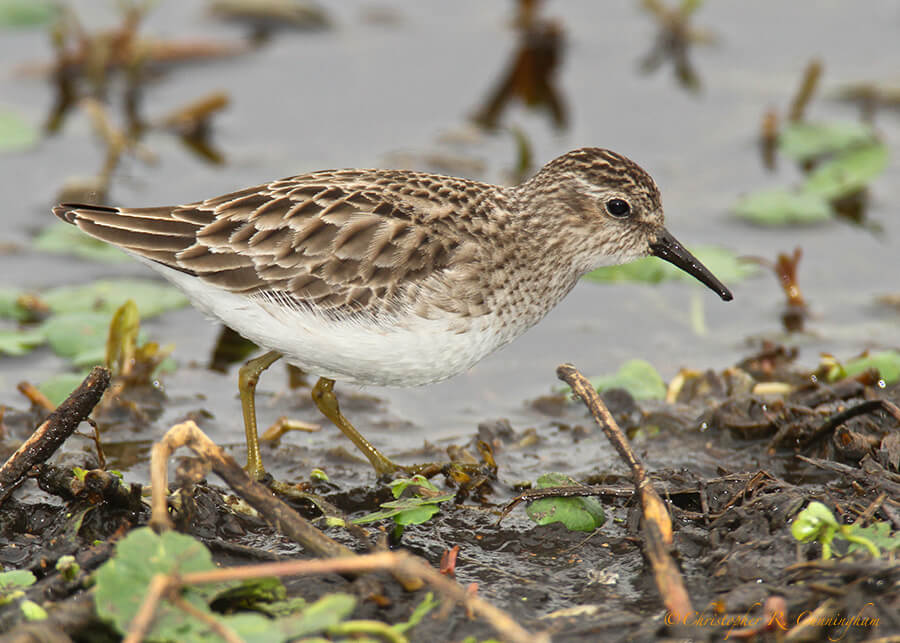
Someday, after mastering the winds, the waves, the tides and gravity, we shall harness for God the energies of love, and then, for a second time in the history of the world, man will have discovered fire.—Pierre Teilhard de Chardin
©2014 Christopher R. Cunningham. All rights reserved. No text or images may be duplicated or distributed without permission.
